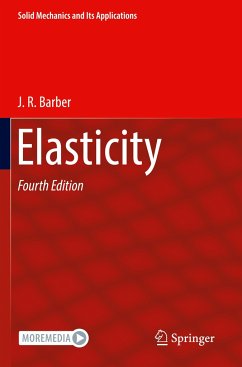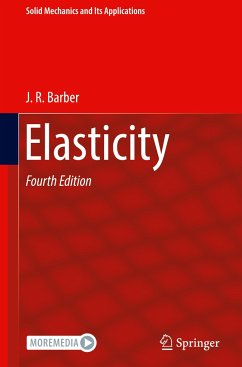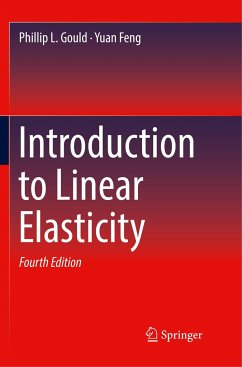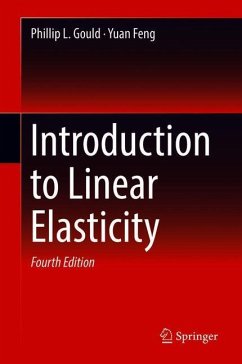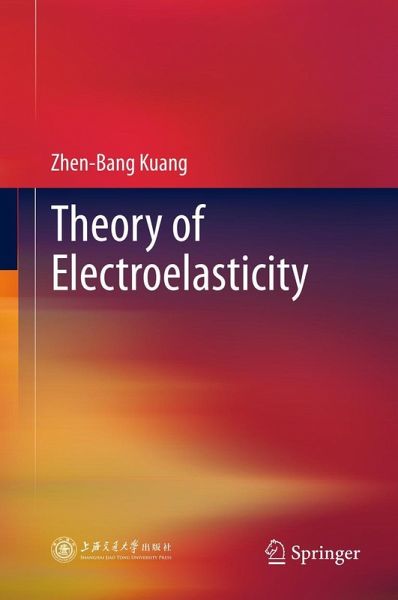
Theory of Electroelasticity
Versandkostenfrei!
Versandfertig in 6-10 Tagen
112,99 €
inkl. MwSt.
Weitere Ausgaben:

PAYBACK Punkte
56 °P sammeln!
Theory of Electroelasticity analyzes the stress, strain, electric field and electric displacement in electroelastic structures such as sensors, actuators and other smart materials and structures. This book also describes new theories such as the physical variational principle and the inertial entropy theory. It differs from the traditional method by using the physical variational principle to derive the governing equations of the piezoelectric material, whereas the Maxwell stress is obtained automatically. By using the inertial entropy theory, the temperature wave equation is obtained very eas...
Theory of Electroelasticity analyzes the stress, strain, electric field and electric displacement in electroelastic structures such as sensors, actuators and other smart materials and structures. This book also describes new theories such as the physical variational principle and the inertial entropy theory. It differs from the traditional method by using the physical variational principle to derive the governing equations of the piezoelectric material, whereas the Maxwell stress is obtained automatically. By using the inertial entropy theory, the temperature wave equation is obtained very easily.
The book is intended for scientists, researchers and engineers in the areas of mechanics, physics, smart material and control engineering as well as mechanical, aeronautical and civil engineering, etc.
Zhen-Bang Kuang is a professor at Shanghai Jiao Tong University.
The book is intended for scientists, researchers and engineers in the areas of mechanics, physics, smart material and control engineering as well as mechanical, aeronautical and civil engineering, etc.
Zhen-Bang Kuang is a professor at Shanghai Jiao Tong University.







